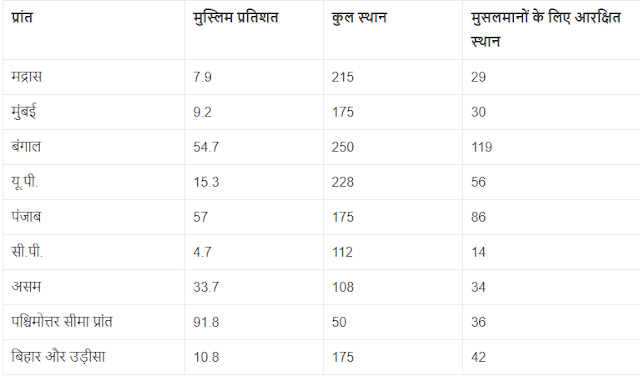Creation of The Indian Constitution
The creation of the Indian Constitution is a significant chapter in the country's history, marking its transition to an independent and democratic republic. Here is a brief overview of how the Indian Constitution was created:
Background:
India gained independence from British colonial rule on August 15, 1947. Following independence, the need for a formal constitution became paramount to establish the framework for the newly formed democratic nation.
Key Players and Indian Constitution Committees:
1. Constituent Assembly: The Constituent Assembly of India was formed to draft the Constitution. It was composed of representatives from various provinces and princely states. Dr. Rajendra Prasad was elected as the President of the Constituent Assembly.
2. Drafting Committee: The drafting of the Constitution was primarily the responsibility of the Drafting Committee, chaired by Dr. B.R. Ambedkar. The committee had several other prominent members who played significant roles in shaping the constitution.
Process of Creation:
1. Objective Resolution: The process began with the adoption of the Objective Resolution on January 22, 1947. The resolution outlined the principles and aims of the new constitution, emphasizing democracy, liberty, equality, and social justice.
2. Drafting: The drafting committee, led by Dr. B.R. Ambedkar, prepared the initial draft of the Constitution, considering inputs from various members and legal experts.
3. Deliberations: The Constituent Assembly held detailed discussions and deliberations on each provision of the draft constitution. These discussions often involved intense debates, reflecting diverse opinions and ideologies.
4. Adoption and Enactment: The final version of the Indian Constitution was adopted on November 26, 1949. It came into effect on January 26, 1950, marking the birth of the Republic of India. January 26th is celebrated annually as Republic Day in India.
Key Features of the Indian Constitution:
1. Preamble: The Constitution begins with a Preamble that outlines the ideals and objectives of the Indian state, emphasizing justice, liberty, equality, and fraternity.
2. Federal Structure: India has a federal system of government with a division of powers between the central government and the states.
3. Fundamental Rights: The Constitution guarantees fundamental rights to all citizens, including the right to equality, freedom of speech, and protection from discrimination.
4. Directive Principles of State Policy: These principles guide the government in making laws and policies, emphasizing social and economic justice.
5. Parliamentary Democracy: India follows a parliamentary form of government with a President as the head of state and a Prime Minister as the head of government.
6. Independent Judiciary: The judiciary in India is independent and has the power of judicial review.
The creation of the Indian Constitution was a meticulous process that involved significant contributions from leaders, legal experts, and representatives from diverse backgrounds. It laid the foundation for India's democratic governance and continues to serve as the guiding document for the nation.




